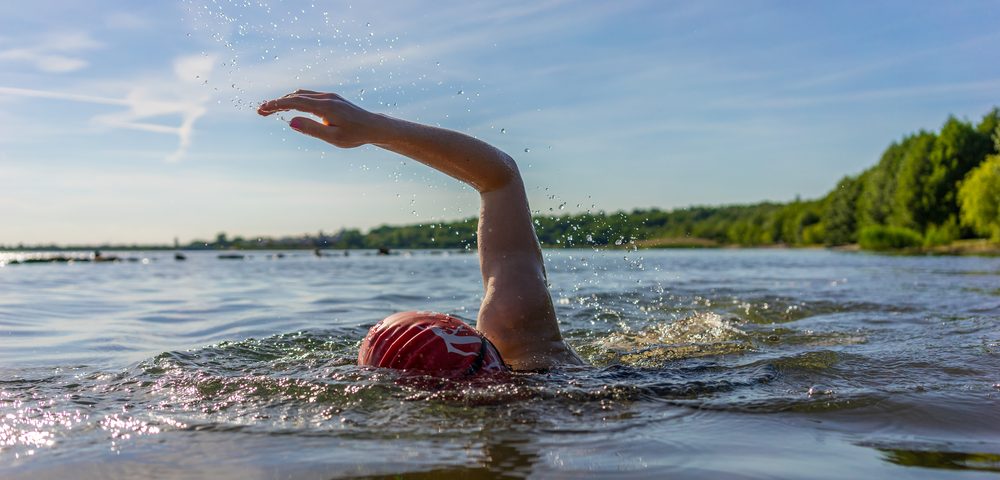Emma Watson, PhD, operations manager for the Earth, Science, and Engineering Department at the Imperial College London (ICL), swam the English Channel to raise awareness and funds for endometriosis.
An estimated one in 10 women live with endometriosis during their reproductive years. In an effort to raise awareness about the debilitating effects of this often-misunderstood condition, Watson swam 21 miles (32 kilometers), according to the Channel Swimming Association.
She was part of a three-member team that set off at 1 a.m. on Oct. 26 from the shore at Dover, England. The journey was first scheduled to take place in July but was postponed to October due to weather-related delays.
Watson has been preparing for this task since the channel swim season opened in June. She thanked ICL for its flexible working policy that allowed her to train.
This was not Watson’s first swim challenge. She has participated in the Sicily Swim Challenge (15 km swim, 10 km walk), the Seahorse Swim (3.8 km) and the Brownsea Island swim (about 6 km).
To help boost the endometriosis awareness campaign, Watson took a series of photos of her “waiting for the call” to start the swim. ICL has supported Watson on many fronts, including helping her share positive examples of exercise and body image throughout the college.
At her JustGiving fundraising page, she reports having raised 245% more than her target of £1,650 ($2,163). In total, she raised £4,054.36 ($5,316) with the help of 108 supporters.
Swimming the English Channel is a task many undertake for many different reasons, either to advocate and raise awareness for a cause or a condition or to fundraise. Swims usually start at or near Shakespeare’s Cliff or Samphire Hoe (between Folkestone and Dover), and are expected to finish at or near Cap Gris Nez (between Boulogne and Calais, France).
The swim is demanding and considered by many to be the ultimate long-distance challenge. More than just the distance, the variable weather conditions make the swim difficult, with strong winds, waves, and cold water.

